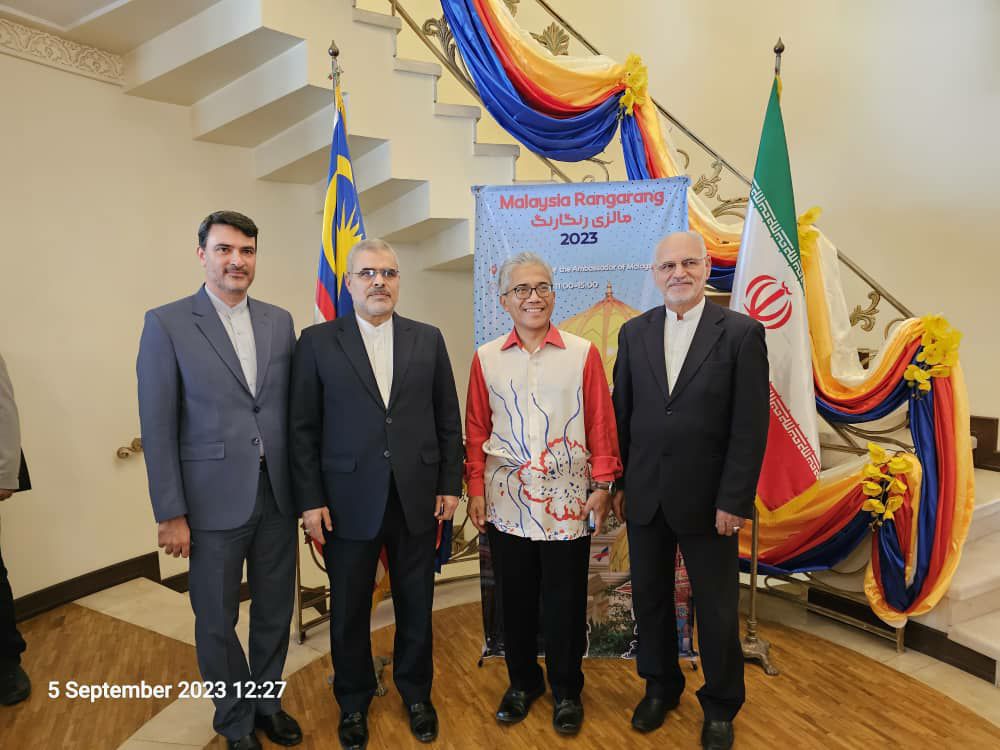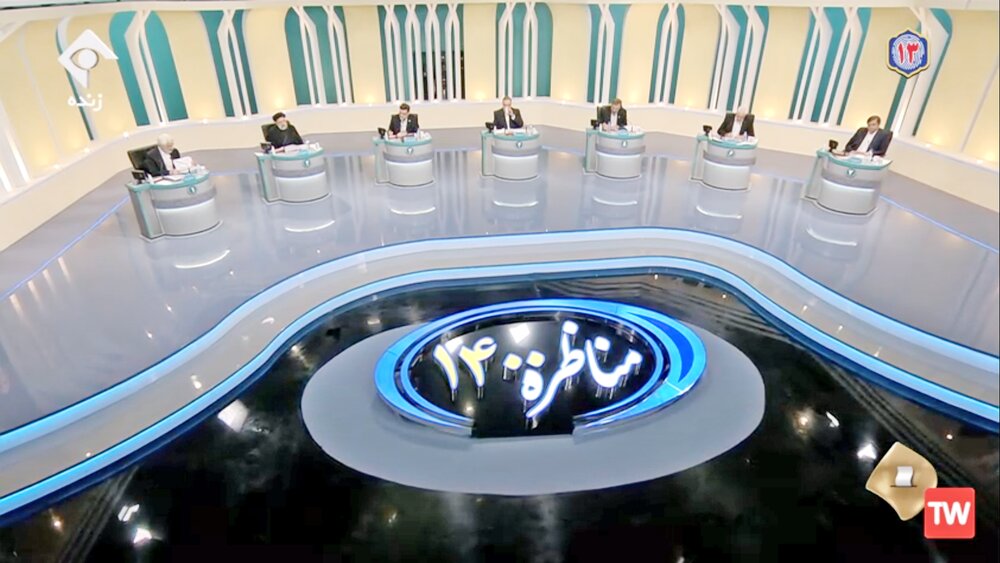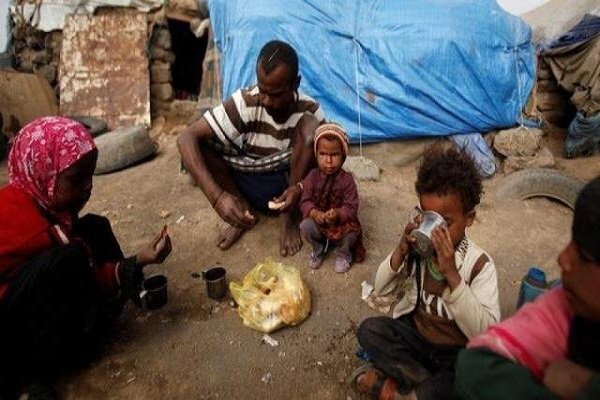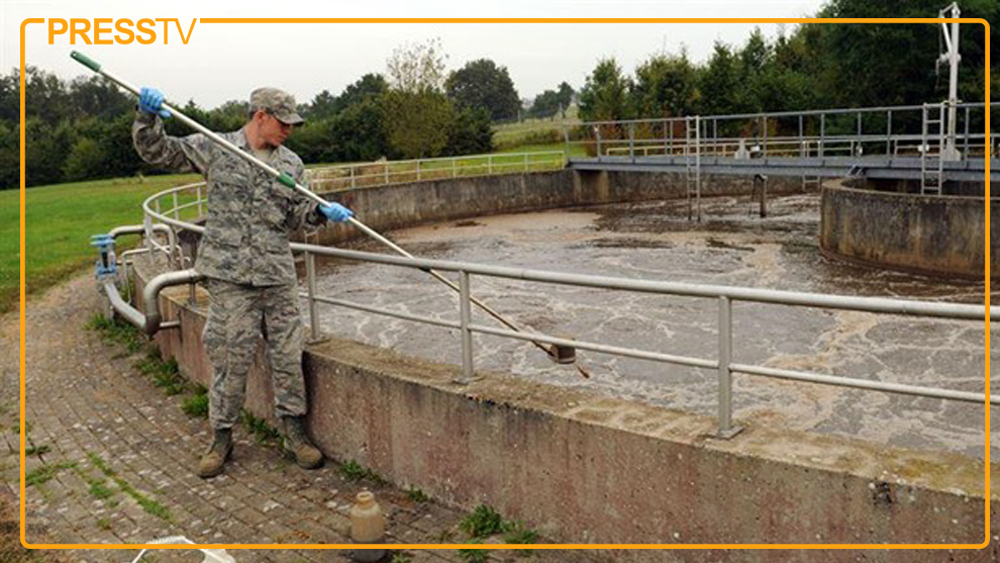Sanctions “No Barrier” to Iran’s African Trade
TEHRAN (Iran News) Speaking at a trade forum in Ahvaz, organized by the local Chamber of Commerce under the theme “Understanding Packaging Needs and Standards in African Markets”, Barhaman dismissed sanctions as a justification for inaction.
“Exporters can use cash payments, barter deals, local exchange houses, or register firms in third countries to bypass restrictions,” he said.
Barhaman described Africa as a continent of opportunities and complexities rather than a single market.
With 1.45 billion people across 55 countries and abundant resources, including 30% of global mineral reserves, 65% of diamonds, 60% of gold, and significant lithium, uranium, and titanium deposits, Africa is “one of the most attractive global markets,” he noted.
Despite being often labeled “under-developed,” many African economies are growing faster than the global average, driven by foreign investment.
“If we delay, we will hand these opportunities to others,” Barhaman warned.
Africa’s heavy reliance on traditional agriculture, which accounts for about 80% of GDP, leaves gaps in processing and manufacturing industries.
“The continent exports mostly raw materials and lacks industries in processed foods, appliances, textiles, cars, and decorative goods,” Barhaman said. “Almost every Iranian product — from building materials to carpets, chandeliers, and costume jewelry — has potential in Africa.”
Barhaman recommended several steps for Iranian firms: Trade fairs: Participation in African exhibitions to connect with buyers; Trade missions: Organizing B2B meetings and delegations; Market research: Understanding demand, logistics, and customs rules; Local presence: Establishing production or trading bases for sectors such as construction; He cited China’s early investments in Africa as a model for securing market share; Bypassing Sanctions and Financing Trade; and Barhaman argued that financial hurdles are manageable.
“African buyers, like Iraqi or Afghan partners, often pay in cash. Barter is also common,” he said, citing transactions in which Iran imported African precious metals in exchange for goods.
Other solutions include using local money-exchange networks or setting up firms in the UAE or Turkey to issue invoices and facilitate letters of credit.
He added that negotiations with Iran’s Central Bank aim to establish correspondent banking links with African banks, allowing settlements without physical money transfers — “a step that bypasses sanctions while enhancing security for traders.”
Government support is also available. The Export Guarantee Fund of Iran covers up to US$4.5 billion in trade with Africa and provides partner credit ratings. The National Development Fund has allocated €2 billion in concessional loans at about 8.5% interest for Iranian projects in Africa, several of which are already underway.
Iran’s annual trade with Africa stands at around $1.5b, with $1b in exports and about $300m in imports, according to Barhaman.
Key exports include petrochemicals such as urea, industrial oils, and metals, which support Africa’s fast-growing construction sector.
The chamber has connected Iranian firms to opportunities including mining ventures, a US$160 million construction project in Cameroon, and a proposal to build two million housing units in Zambia.
Barhaman urged Iranian companies to make use of global trade events, noting that at a recent expo 500 of 2,500 foreign participants were from Africa, offering strong networking opportunities.
In a related session, Mojtaba Mousavian, former Iranian commercial attaché in Moscow, said expanding ties with Russia and the Eurasian Economic Union (EAEU) could help counter renewed “snapback” sanctions.
He noted that Iran’s 15 neighboring countries import over $1.2 trillion in goods annually, but Iran’s share is only $30b. Increasing this to 5% could lift exports to US$60 billion.
Mousavian pointed to Russia — “the world’s most heavily sanctioned country” — as a market with fresh openings. Western exits have left space in sectors such as Russia’s $1.2b ceramic-tile market, once dominated by Italy and Spain, and in seafood imports formerly supplied by Norway and Canada.
A new free-trade agreement with the EAEU, covering 7,500 tariff lines (87% of goods) and reducing duties nearly to zero, has helped raise Iranian exports to Russia from $458m in 2019 to over $1.1b in 2024, shifting trade toward higher-value industrial goods.
Experts stressed that attractive, market-appropriate packaging can make or break sales in both African and Eurasian markets.
Marketing specialist Maziar Ghasemzadeh warned against entering new markets without a packaging strategy. Russian consumers, he said, “judge products first by packaging quality, then by price.”
With packaging having just 1.5 seconds to capture a buyer’s attention, he emphasized design, color choices, culturally appropriate images, and labeling in local languages.
He advised exporters to test packaging in target markets and use tools such as SWOT, PESTEL, and Porter’s Five Forces. Even modest but well-executed packaging, he said, can increase profits by at least 15% compared to bulk sales.
Trade consultant Alireza Hatamifar identified Africa’s under-developed printing and packaging industry as a promising field for Iranian businesses.
“African consumers appreciate good design and pay more for quality packaging,” he said. Local packaging often remains basic, allowing imports to stand out on store shelves.
Hatamifar described Africa as “a continent of contrasts,” where informal street vendors coexist with modern malls — evidence of rising consumer demand. He noted that Africa’s 1.4 billion population is projected to double by 2050, while urbanization is expected to climb from 36% in 2010 to over 60%, further driving demand for packaged goods.
- source : IRAN NEWS ECONOMIC DESKTEHRAN (Iran News)






























